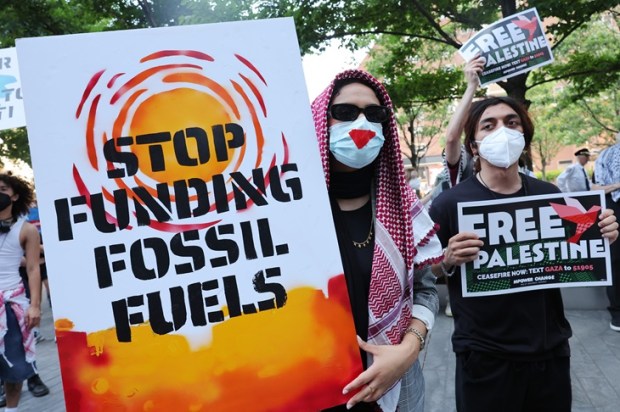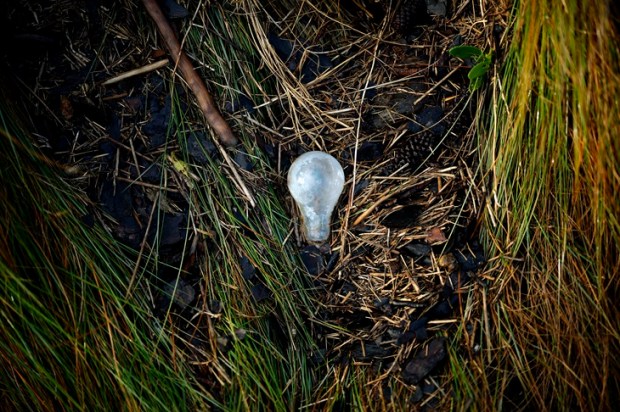Two weeks ago, we got a taste of the brave new world of renewable energy. Victoria’s grid collapsed on a hot and windy afternoon. 530,000 homes were left without power, train lines were shut down, schools and businesses had to close their doors, phones couldn’t be used even for emergency calls, and hundreds of sets of traffic lights were out of order.
Already a subscriber? Log in
Subscribe for just $2 a week
Try a month of The Spectator Australia absolutely free and without commitment. Not only that but – if you choose to continue – you’ll pay just $2 a week for your first year.
- Unlimited access to spectator.com.au and app
- The weekly edition on the Spectator Australia app
- Spectator podcasts and newsletters
- Full access to spectator.co.uk
Or


























Comments
Don't miss out
Join the conversation with other Spectator Australia readers. Subscribe to leave a comment.
SUBSCRIBEAlready a subscriber? Log in